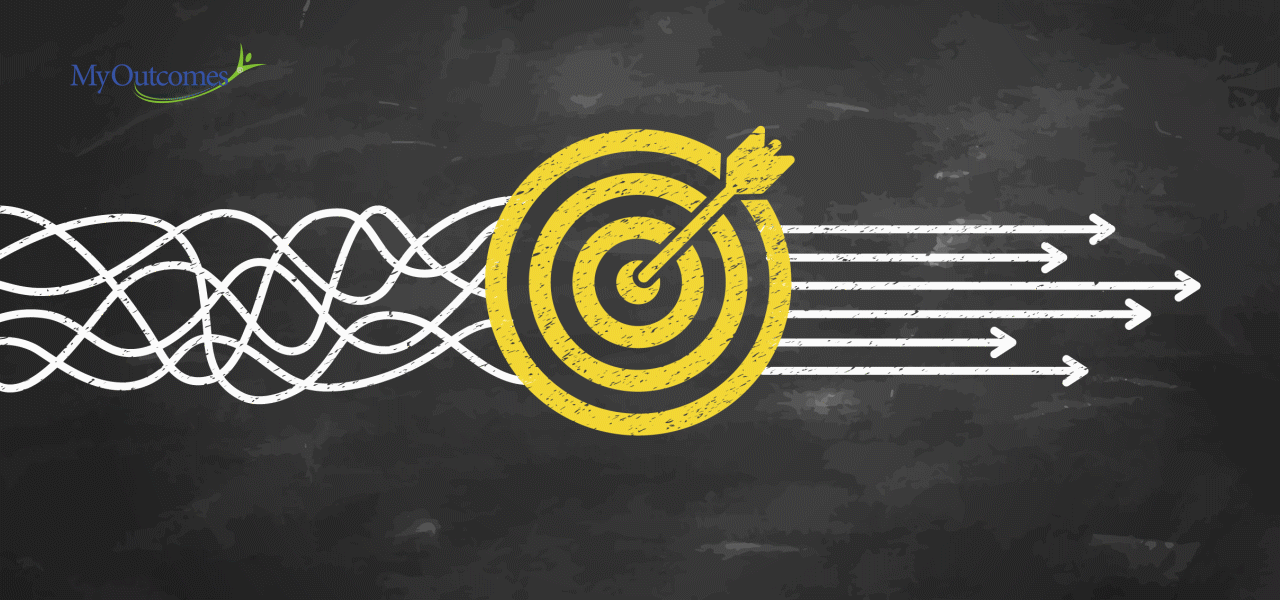In the field of mental health, the convergence of evidence-based practice (EBP) and the integration of client feedback has marked a significant evolution in therapeutic approaches. This synergy aims to marry the rigor of scientific research with the nuanced perspectives of those receiving care, fostering treatments that are not only effective by research standards but also deeply resonant and personalized for individuals. This blog explores how blending evidence-based methodologies with client input can transform therapeutic outcomes and elevate the standards of mental health care.
Evidence-Based Practice in mental health involves the deliberate use of the current best evidence in making decisions about patient care. It requires clinicians to integrate clinical expertise with the most relevant and up-to-date research evidence from systematic research, alongside considering patient preferences and values. This method ensures that therapeutic interventions are scientifically validated, offering the highest chances of success.
The ‘client voice’ refers to the insights, experiences, preferences, and feedback shared by clients throughout their therapeutic journey. Historically, therapy was more clinician-centered, but there’s a growing recognition of the importance of making therapy a collaborative process. Incorporating client feedback ensures therapies are not only tolerable but also tailor-made to individual experiences, enhancing both engagement and efficacy.
Personalization of Treatment: While EBP provides a template based on averages and probabilities, client feedback personalizes this template, adapting interventions to meet the unique needs of each individual. This tailored approach increases the likelihood of successful outcomes because treatments resonate more deeply with clients’ specific situations and cultural backgrounds.
Increased Client Engagement and Satisfaction: When clients see that their input directly influences their care plan, they are more likely to engage actively in the treatment process. This engagement is crucial for motivation and adherence, which are significant predictors of positive outcomes in therapy.
Enhanced Therapeutic Alliance: The therapeutic alliance — the partnership between a therapist and a client — is strengthened when clients feel heard and understood. Integrating client voice through regular feedback mechanisms can help therapists adjust their approach, fostering a stronger bond and a more effective therapeutic relationship.
Dynamic Treatment Adjustment: The integration of EBP with client feedback allows for dynamic and responsive treatment adjustments. As therapy progresses, client feedback can help clinicians identify what’s working and what’s not, enabling them to fine-tune their approach continuously.
Bridging the Gap Between Theory and Practice: While EBP is grounded in research, the real-world application of these practices often highlights gaps and areas for improvement. Client feedback provides real-time data from the field, offering insights that can refine existing theories and lead to more robust practices.
To effectively merge EBP with client voice, mental health professionals can adopt several strategies:
Regular Use of Feedback Tools: Tools like the Outcome Rating Scale (ORS) and the Session Rating Scale (SRS) can systematically capture how clients feel about their progress and the therapeutic process.
Training and Education: Clinicians should receive training not only in evidence-based methods but also in client-centered communication and feedback integration techniques.
Continuous Monitoring: Utilizing software and tools that provide ongoing monitoring of client progress can help therapists adjust their strategies based on empirical data and client-reported outcomes.
The synergy between evidence-based practice and client voice represents a pivotal shift towards more holistic and effective mental health care. By grounding therapeutic interventions in both scientific evidence and individual experiences, mental health practitioners can offer more nuanced and impactful care. As the field continues to evolve,
this dual approach will likely become the gold standard, shaping the future of mental health practices to be as inclusive as they are effective. To learn more click to Book a FREE 30-minute consultation with MyOutcomes now.
For practitioners and healthcare organizations, embracing this dual approach means committing to continuous learning and adaptation. Engage with platforms and training that enhance your ability to integrate client feedback with evidence-based practices, and observe how this synergy can elevate your therapeutic outcomes and client satisfaction.
